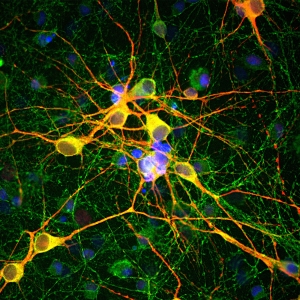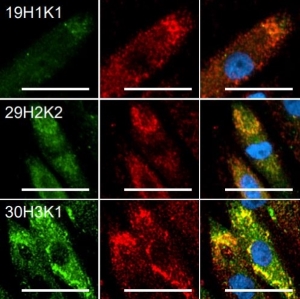Product Details
Product Sizes
| Size | List Price | Price | Cart |
|---|---|---|---|
| 100 ul | $459.00 | Add to Cart |
Tight junctions, or zona occludens, form a continuous barrier to fluids across the epithelium and endothelium. They function in regulation of paracellular permeability and in the maintenance of cell polarity, blocking the movement of transmembrane proteins between the apical and the basolateral cell surfaces. Zona occludens proteins ZO-1, -2, and -3 (also known as TJP1, 2, and 3) are peripheral membrane adaptor proteins that link junctional transmembrane proteins such as occludin and claudin to the actin cytoskeleton. ZO-1 and -2 are required for tight junction formation and function. In subconfluent proliferating cells, ZO-1 and ZO-2 have been shown to colocalize to the nucleus and play a role in transcriptional regulation, possibly through facilitating nuclear import/export of transcriptional regulators. The ZO-2 gene is transcribed from two promoters, generating the ZO-2A and ZO-2C isoforms. ZO-2C lacks a 23 amino acid amino-terminal sequence found in other ZO-2 isoforms. While both isoforms appear to be widely expressed, abnormal regulation of the ZO-2 gene may be correlated with development of ductal cancer. |
Images
Immunohistochemical stain of paraffin-embedded human kidney using ZO1 antibody at dilution of 1:100 (40x lens).
Western blot analysis of extracts of various cell lines, using ZO1 antibody






